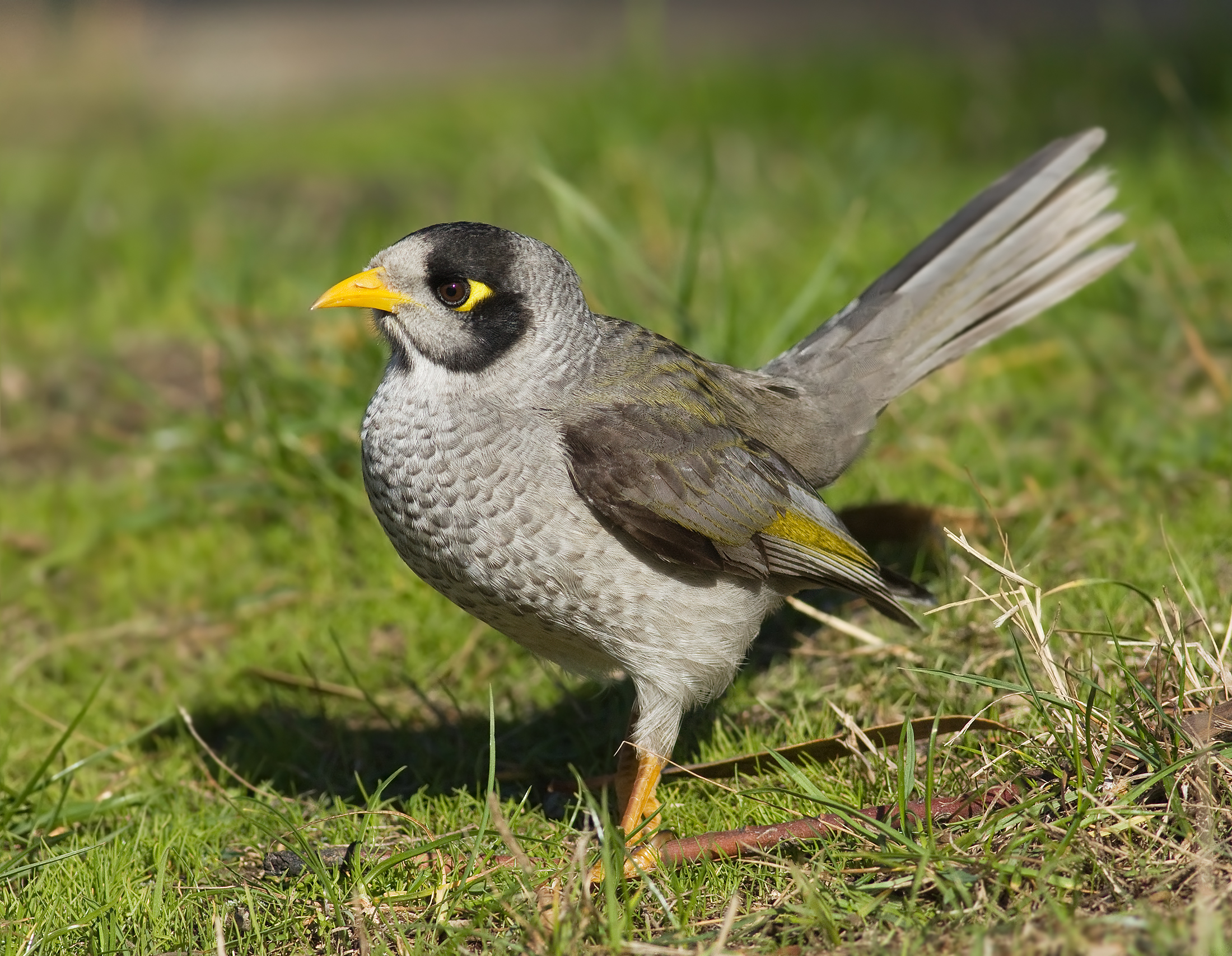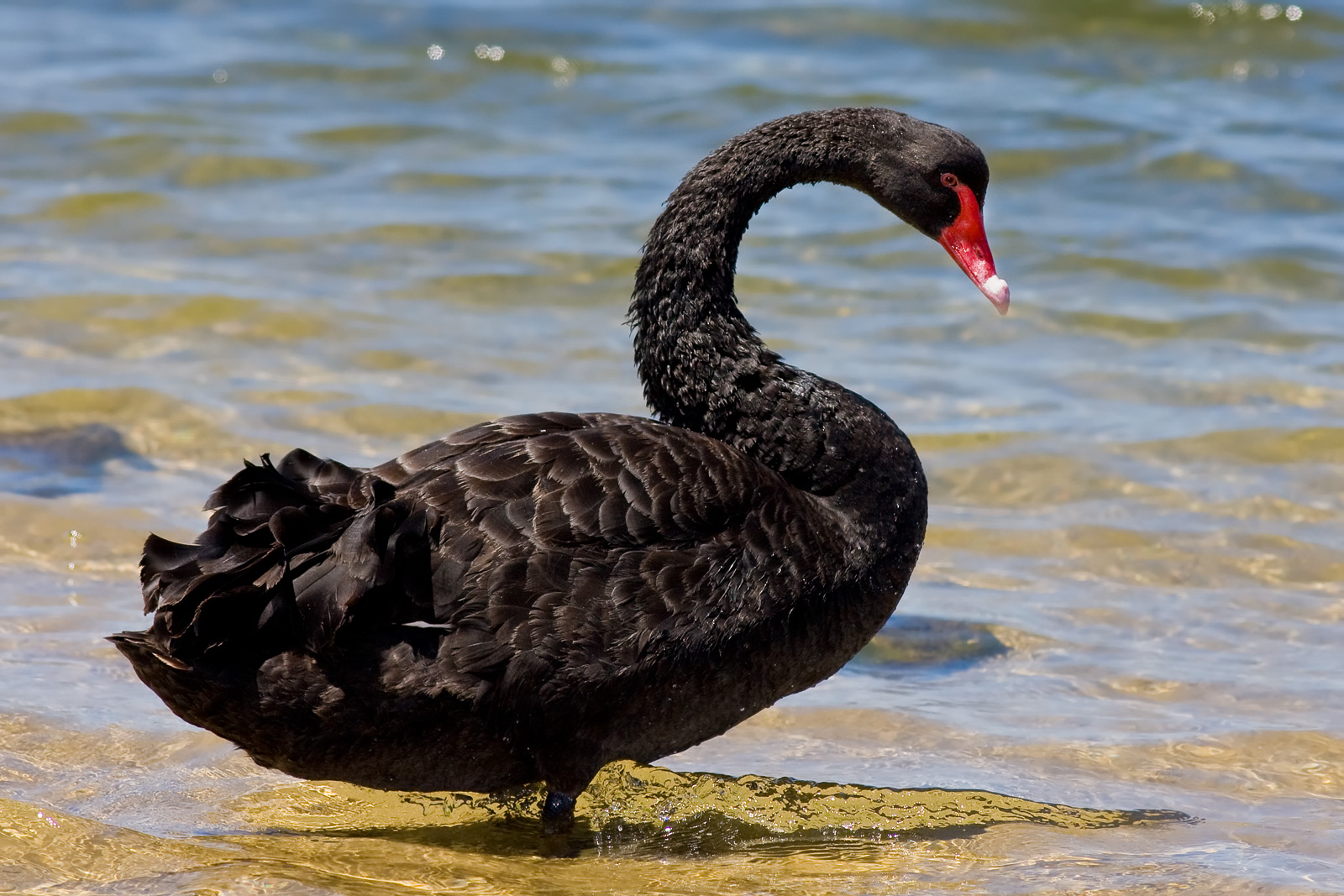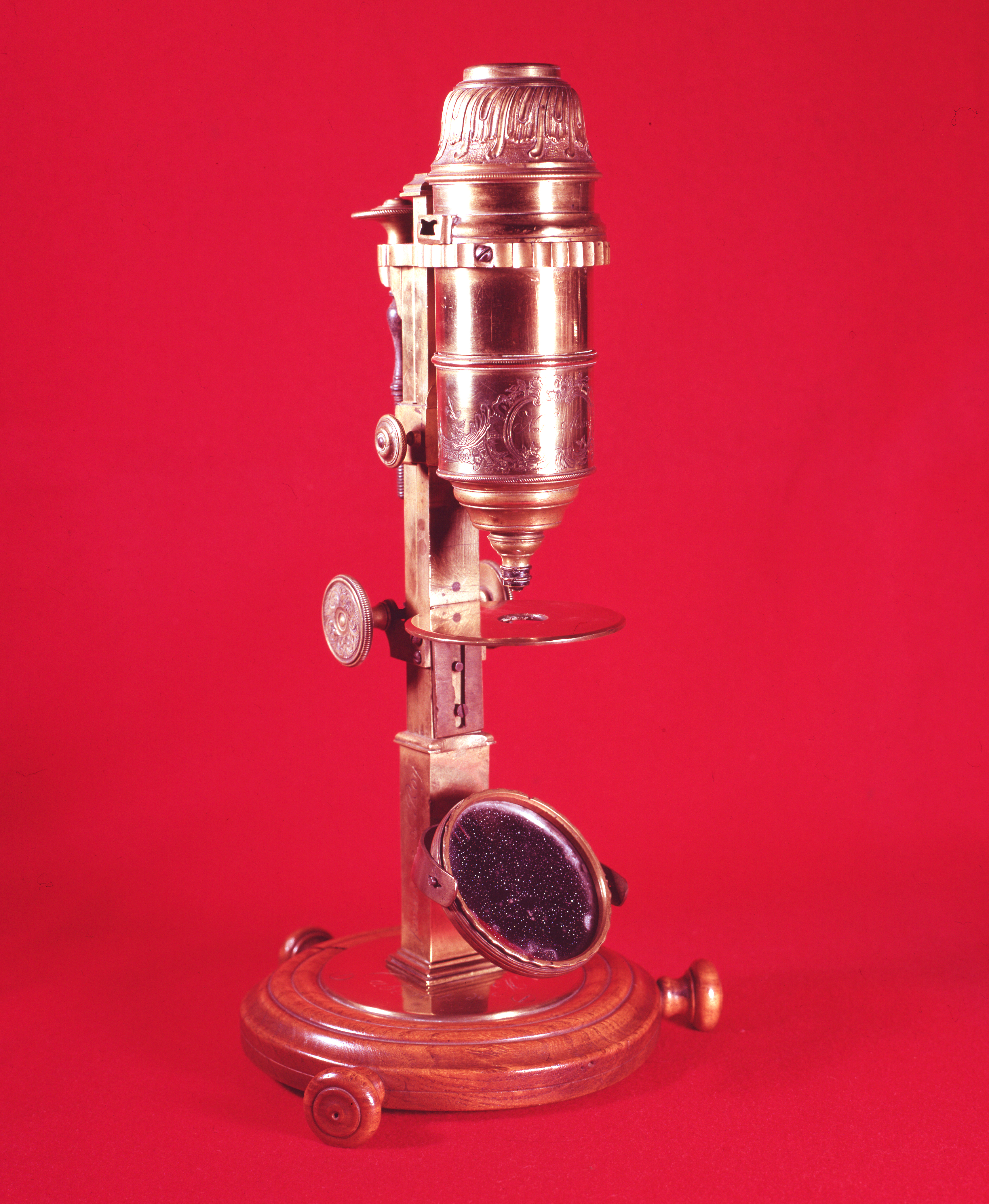|
John Latham (ornithologist)
John Latham (27 June 1740 – 4 February 1837) was an English physician, naturalist and author. His main works were ''A General Synopsis of Birds'' (1781–1801) and ''General History of Birds'' (1821–1828). He was able to examine specimens of Australian birds which reached England in the last twenty years of the 18th century, and was responsible for providing English names for many of them. He named some of Australia's most famous birds, including the emu, sulphur-crested cockatoo, wedge-tailed eagle, superb lyrebird, Australian magpie, magpie-lark and pheasant coucal. He was also the first to describe the hyacinth macaw. Latham has been called the "grandfather" of Australian ornithology. Biography John Latham was born on 27 June 1740 at Eltham in northwest Kent. He was the eldest son of John Latham (died 1788), a surgeon, and his mother, who was a descendant of the Sothebys, in Yorkshire. He was educated at Merchant Taylors' School and then studied anatomy under Wi ... [...More Info...] [...Related Items...] OR: [Wikipedia] [Google] [Baidu] |
Eltham
Eltham ( ) is a district of South London, southeast London, England, within the Royal Borough of Greenwich. It is east-southeast of Charing Cross, and is identified in the London Plan as one of 35 major centres in Greater London. The three wards of Eltham North, South and West have a total population of 35,459. 88,000 people live in Eltham. History Origins Eltham developed along part of the road from London to Maidstone, and lies almost due south of Woolwich. Mottingham, to the south, became part of the parish on the abolition of all extra-parochial areas, which were rare anomalies in the parish system. Eltham College and other parts of Mottingham were therefore not considered within Eltham's boundaries even before the 1860s. From the sixth century Eltham was in the ancient Lathe of Sutton at Hone. In the Domesday Book of 1086 its hundred was named ''Gren[u/v]iz'' (Greenwich), which by 1166 was renamed ''Blachehedfeld'' Blackheath, Kent (hundred), (Blackheath) because i ... [...More Info...] [...Related Items...] OR: [Wikipedia] [Google] [Baidu] |
Kent
Kent is a county in South East England and one of the home counties. It borders Greater London to the north-west, Surrey to the west and East Sussex to the south-west, and Essex to the north across the estuary of the River Thames; it faces the French department of Pas-de-Calais across the Strait of Dover. The county town is Maidstone. It is the fifth most populous county in England, the most populous non-Metropolitan county and the most populous of the home counties. Kent was one of the first British territories to be settled by Germanic tribes, most notably the Jutes, following the withdrawal of the Romans. Canterbury Cathedral in Kent, the oldest cathedral in England, has been the seat of the Archbishops of Canterbury since the conversion of England to Christianity that began in the 6th century with Saint Augustine. Rochester Cathedral in Medway is England's second-oldest cathedral. Located between London and the Strait of Dover, which separates England from mainla ... [...More Info...] [...Related Items...] OR: [Wikipedia] [Google] [Baidu] |
Barking Owl
The barking owl (''Ninox connivens''), also known as the winking owl, is a nocturnal bird species native to mainland Australia and parts of New Guinea and the Moluccas. They are a medium-sized brown owl and have a characteristic voice with calls ranging from a barking dog noise to a shrill human-like howl of great intensity. Etymology The owl takes its name from its characteristic barking voice. For a short period before 2016, the Red List of Threatened Species referred to this species as the "barking boobook". However, this is not used as a common name in Australia or other English speaking areas in this species' range and has now been corrected to barking owl. The Yanyuwa name for the owl is ''mulurrku''. Taxonomy The barking owl was first described by the English ornithologist John Latham in 1801 with the binomial name ''Falco connivens''. Latham commented that the species "Inhabits New Holland, but no history annexed, further than that it has a wonderful faculty of contr ... [...More Info...] [...Related Items...] OR: [Wikipedia] [Google] [Baidu] |
Pacific Gull
The Pacific gull (''Larus pacificus'') is a very large gull, native to the coasts of Australia. It is moderately common between Carnarvon in the west, and Sydney in the east, although it has become scarce in some parts of the south-east, as a result of competition from the kelp gull, which has "self-introduced" since the 1940s. Much larger than the ubiquitous silver gull, and nowhere near as common, Pacific gulls are usually seen alone or in pairs, loafing around the shoreline, steadily patrolling high above the edge of the water, or (sometimes) zooming high on the breeze to drop a shellfish or sea urchin onto rocks. Diet The gulls' diet consists of a number various fish species and invertebrates. They frequently consume crabs, most often the species '' Ovalipes australiensis'' and '' Paragrapsus gaimardii.'' They also commonly eat ''Platycephalus bassensis'' (sand flatheads) and cephalapods, both of which are sourced from their regular consumption of waste from fish which ... [...More Info...] [...Related Items...] OR: [Wikipedia] [Google] [Baidu] |
Australasia
Australasia is a region that comprises Australia, New Zealand and some neighbouring islands in the Pacific Ocean. The term is used in a number of different contexts, including geopolitically, physiogeographically, philologically, and ecologically, where the term covers several slightly different, but related regions. Derivation and definitions Charles de Brosses coined the term (as French ''Australasie'') in ''Histoire des navigations aux terres australes'' (1756). He derived it from the Latin for "south of Asia" and differentiated the area from Polynesia (to the east) and the southeast Pacific ( Magellanica). In the late 19th century, the term Australasia was used in reference to the "Australasian colonies". In this sense it related specifically to the British colonies south of Asia: New South Wales, Queensland, South Australia, Tasmania, Western Australia, Victoria (i.e., the Australian colonies) and New Zealand. Australasia found continued geopolitical attention in ... [...More Info...] [...Related Items...] OR: [Wikipedia] [Google] [Baidu] |
Noisy Miner
The noisy miner (''Manorina melanocephala'') is a bird in the honeyeater family, Meliphagidae, and is endemic to eastern and southeastern Australia. This miner is a grey bird, with a black head, orange-yellow beak and feet, a distinctive yellow patch behind the eye, and white tips on the tail feathers. The Tasmanian race has a more intense yellow panel in the wing, and a broader white tip to the tail. Males, females and juveniles are similar in appearance, though young birds are a brownish-grey. As the common name suggests, the noisy miner is a vocal species with a large range of songs, calls, scoldings and alarms, and almost constant vocalisations, particularly from young birds. One of four species in the genus '' Manorina'', the noisy miner itself is divided into four subspecies. The separation of the Tasmanian ''M. m. leachi'' is of long standing, and the mainland birds were further split in 1999. Found in a broad arc from Far North Queensland through New South Wale ... [...More Info...] [...Related Items...] OR: [Wikipedia] [Google] [Baidu] |
Noisy Friarbird
The noisy friarbird (''Philemon corniculatus'') is a passerine bird of the honeyeater family Meliphagidae native to southern New Guinea and eastern Australia. It is one of several species known as friarbirds whose heads are bare of feathers. It is brown-grey in colour, with a prominent knob on its bare black-skinned head. It feeds on insects and nectar. Taxonomy The noisy friarbird was first described by ornithologist John Latham in 1790. The generic name is from the Ancient Greek ''philēmōn'' 'affectionate, kissing'. Its specific epithet is derived from the Latin ''corniculum'' '(having a) little horn'. It is sometimes known as a ''leatherhead''. ''Wirgan'' was a name used by the local Eora and Darug inhabitants of the Sydney basin. Molecular study shows its closest relative to be the silver-crowned friarbird within the genus ''Philemon''. DNA analysis has shown honeyeaters to be related to the Pardalotidae (pardalotes), Acanthizidae (Australian warblers, scrubwren ... [...More Info...] [...Related Items...] OR: [Wikipedia] [Google] [Baidu] |
Black Swan
The black swan (''Cygnus atratus'') is a large waterbird, a species of swan which breeds mainly in the southeast and southwest regions of Australia. Within Australia, the black swan is nomadic, with erratic migration patterns dependent upon climatic conditions. It is a large bird with mostly black plumage and a red bill. It is a monogamous breeder, with both partners sharing incubation and cygnet-rearing duties. The black swan was introduced to various countries as an ornamental bird in the 1800s, but has managed to escape and form stable populations. Described scientifically by English naturalist John Latham in 1790, the black swan was formerly placed into a monotypic genus, ''Chenopis''. Black swans can be found singly, or in loose companies numbering into the hundreds or even thousands. It is a popular bird in zoological gardens and bird collections, and escapees are sometimes seen outside their natural range. This bird is a regional symbol of both Western Australia, w ... [...More Info...] [...Related Items...] OR: [Wikipedia] [Google] [Baidu] |
Author Citation (zoology)
In zoological nomenclature, author citation refers to listing the person (or team) who first makes a scientific name of a taxon available. This is done in a scientific work while fulfilling the formal requirements under the International Code of Zoological Nomenclature ("the Code"). According to Article 51.1 of the Code, "the name of the author does not form part of the name of a taxon and its citation is optional, although customary and often advisable", however recommendation 51A suggests: "The original author and date of a name should be cited at least once in each work dealing with the taxon denoted by that name. This is especially important and has a unique character between homonyms and in identifying species-group names which are not in their native combinations". For the seek of information retrieval, the author citation and year appended to the scientific name, e.g. genus-species-author-year, genus-author-year, family-author-year, etc., is often considered a "de facto" un ... [...More Info...] [...Related Items...] OR: [Wikipedia] [Google] [Baidu] |
Johann Friedrich Gmelin
Johann Friedrich Gmelin (8 August 1748 – 1 November 1804) was a German natural history, naturalist, botanist, entomologist, herpetologist, and malacologist. Education Johann Friedrich Gmelin was born as the eldest son of Philipp Friedrich Gmelin in 1748 in Tübingen. He studied medicine under his father at University of Tübingen and graduated with a Master's degree in 1768, with a thesis entitled: ', defended under the presidency of Ferdinand Christoph Oetinger, whom he thanks with the words '. Career In 1769, Gmelin became an adjunct professor of medicine at University of Tübingen. In 1773, he became professor of philosophy and adjunct professor of medicine at University of Göttingen. He was promoted to full professor of medicine and professor of chemistry, botany, and mineralogy in 1778. He died in 1804 in Göttingen. Johann Friedrich Gmelin when young became an "apostle" of Carl Linnaeus, probably when Linnaeus was working in the Netherlands, and undertook a plant-c ... [...More Info...] [...Related Items...] OR: [Wikipedia] [Google] [Baidu] |
Binomial Nomenclature
In taxonomy, binomial nomenclature ("two-term naming system"), also called nomenclature ("two-name naming system") or binary nomenclature, is a formal system of naming species of living things by giving each a name composed of two parts, both of which use Latin grammatical forms, although they can be based on words from other languages. Such a name is called a binomial name (which may be shortened to just "binomial"), a binomen, name or a scientific name; more informally it is also historically called a Latin name. The first part of the name – the '' generic name'' – identifies the genus to which the species belongs, whereas the second part – the specific name or specific epithet – distinguishes the species within the genus. For example, modern humans belong to the genus '' Homo'' and within this genus to the species '' Homo sapiens''. '' Tyrannosaurus rex'' is likely the most widely known binomial. The ''formal'' introduction of this system of naming species is ... [...More Info...] [...Related Items...] OR: [Wikipedia] [Google] [Baidu] |
Georges-Louis Leclerc, Comte De Buffon
Georges-Louis Leclerc, Comte de Buffon (; 7 September 1707 – 16 April 1788) was a French naturalist, mathematician, cosmologist, and encyclopédiste. His works influenced the next two generations of naturalists, including two prominent French scientists Jean-Baptiste Lamarck and Georges Cuvier. Buffon published thirty-six quarto volumes of his '' Histoire Naturelle'' during his lifetime, with additional volumes based on his notes and further research being published in the two decades following his death. Ernst Mayr wrote that "Truly, Buffon was the father of all thought in natural history in the second half of the 18th century".Mayr, Ernst 1981. ''The Growth of Biological Thought''. Cambridge: Harvard. p 330 Credited with being one of the first naturalists to recognize ecological succession, he was later forced by the theology committee at the University of Paris to recant his theories about geological history and animal evolution because they contradicted the Biblica ... [...More Info...] [...Related Items...] OR: [Wikipedia] [Google] [Baidu] |
_(8967632085).jpg)







